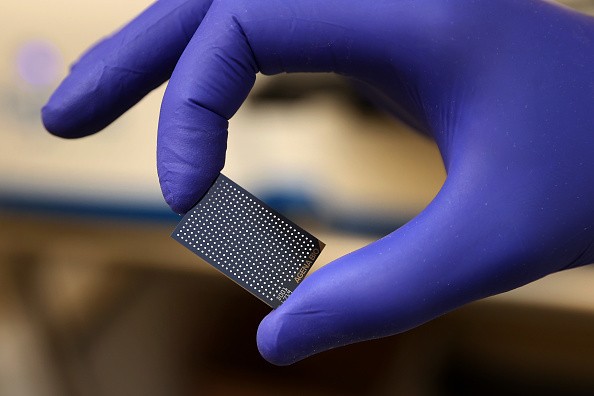A new AI could help experts conduct tiny experiments or medical diagnostics. This new deep learning technology has the capability to reduce the noise in the electrical current data collected from nanopores, which possibly leads to higher precision measurements.

The researchers and other experts of Osaka University's Institute of Scientific and Industrial Research department are the ones who specifically used the new technology to enhance the signal-to-noise ratio in the data collected.
This happens when tiny spheres passed through microscopic nanopores cut into silicon substrates.
The involved researchers explained that the new artificial intelligence could lead to more sensitive data collection during DNA sequencing, or when medical experts are detecting small concentrations of pathogens.
The New Denoising Nanopore AI
According to Sci-Tech Daily's latest report, the new study entitled "Deep learning-enhanced nanopore sensing of single-nanoparticle translocation dynamics" was published by the journal Small Methods.

"Electropho-retically-driven translocation motions of single-nanoparticles in a nano-corrugated nanopore are detected," explained the researchers.
"The noise is reduced by a convolutional auto-encoding neural network, designed to iteratively compare and minimize differences between a pair of waveforms via a gradient descent optimization," they added.
The so-called Noise2Noise AI was originally used and developed for enhancing images. And not, the researchers were able to use it to improve the resolution of noisy runs even though no clean data was available.
On the other hand, they also used deep neural networks, to reduce the interference in the data.
How Good is the New AI?
Eureka Alert reported that the new artificial intelligence is specifically designed to select features that best represent the input data. Because of this, the new AI could allow the computer to detect and subtract the noise from the raw data. The researchers conducted several experiments using the new AI until the underlying signal was discovered.
If you want to see more details about the new Noise2Noise AI, just click here.
For more news updates about the new Noise2Noise AI and other deep learning machines, always keep your tabs open here at TechTimes.
Related Article : AI and Its Advantages in Producing Photorealistic Graphics
This article is owned by TechTimes
Written by: Griffin Davis




